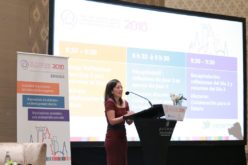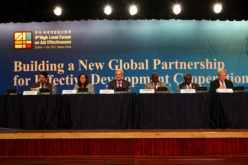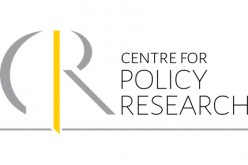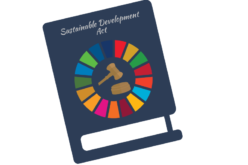Leaving no one behind: facing the challenge of social exclusion in India
Written by Nidhi S. Sabharwal, Director of the Indian Institute of Dalit Studies. She has recently launched a paper –Understanding the Role of Social Exclusion in Affecting Progress towards the Millennium Development Goals (MDGs) – as part of the Southern Voice Initiative.
Analyses of the MDGs are generally over-optimistic based on aggregate results. For instance, recent reports on the issue of extreme poverty and hunger in South Asia have been positive. It is projected that extreme poverty will be halved by 2015. However, some excluded groups amongst the poor are more alienated than others, and often the poverty amongst them is persistent and chronic in nature and passed on across generations. The trends of MDG progress in India in the last 20 years can be summarized in these three points:
– There has been an improvement across the MDGs for all social groups, including for the most-excluded groups of Scheduled Castes (SCs) and Scheduled Tribes (STs).
– However, the rate of improvement for the SCs and STs groups has been much lower than that for others, and
– The disparities between them and the rest of the population – which have been a feature in the past – continued to persist, since a reduction in disparities across social groups would require a relatively higher rate of improvement among these groups which have long been left furthest behind. This, however, has not happened during the implementation of the MDGs.
Much of the poverty, hunger and deprivation of indigenous and excluded groups are the result of factors which are common to all people living in poverty, including those from excluded groups. The general factors known to cause poverty include a lack of increase in incomes of the poor; lack of access to assets (agricultural land and non-agricultural enterprises); gainful employment; education and professional skills; health facilities; housing; and lack of participation in governance. Ultimately these factors conflate and cause poverty for all poor, including the poor from discriminated groups.
However, the poor are not uniformly disadvantaged. In the case of discriminated groups, although similar factors are the ultimate cause of low incomes and poverty, in their case the ‘channel of causation’ is often different. There are ‘group-specific factors’ that affect excluded groups, making them more vulnerable to poverty and malnutrition than their counterparts from other sectors of the population.
The group-specific factors that are known to affect excluded groups relate to social exclusion in the past and its continuation in the present in different forms, resulting in denial of equal rights and entitlements, which results in lack of ownership of assets like agricultural land, enterprises/ business, gainful employment, lack of access to education, health facilities, lack of access to government food security programmes, housing and participation in governance. In this way ‘social exclusion’ makes it even harder for excluded groups to meet the Millennium Development Goals. Thus, ‘exclusion-induced deprivation’ affects people from discriminated groups, resulting in high and persistent poverty.
Policy approaches to keep in mind for post-2015 goals
India has been facing up to the challenge of social exclusion, and policy makers have used two main strategies:
a) General measures for economic and social empowerment, which are part of anti-poverty and other welfare programmes, including focused government interventions in food, nutrition, health and education.
b) Measures against discrimination: This includes legal safeguards such as an anti-untouchability law; fair-access-policies in the form of quotas for excluded groups in government-managed institutions, increased participation in the political sphere, employment in public sector enterprises, access to education, and other spheres.
These policies have brought about positive changes, but the gap in deprivation levels between excluded groups and others remains wide. Measures to prevent discrimination in India in employment and education are confined to a very small state sector. Yet the vast private sector, which accounts for the bulk of employment and economic activities, is free from any affirmative action.
This results in ongoing suffering for the excluded groups from discrimination in employment and other market and non-market transactions. Moreover, in most countries the affirmative action policy is narrow and selective in nature. There are only a handful of exceptions to this, such as Malaysia, which has developed a comprehensive affirmative action policy covering multiple economic spheres. For example, Malaysia has developed policies to enable minorities to have a greater share in the capital of private companies.
General economic and educational empowerment is not enough. Like other economically and educationally backward sections from the non-excluded groups, the groups require earning opportunities, sound education, and skill development to improve employability and access to capital assets. But, unlike others, they face discrimination in economic and social spheres, which is one of the reasons for their overall slower improvement in the human development indicators and persistent disparities between the excluded and non-excluded groups. The excluded groups require affirmative action policies to ensure equitable access to market institutions and to government programmes delivering food, nutrition, health, and education.
To achieve the UN High Level Panel’s commitment to deal with inequality and ensure that ‘no-one is left behind’, we must recognize that social exclusion is based on social and cultural identities; we must make non-discriminatory access and participation a ‘right’; and we must combine universal policies with affirmative action to address poverty and reduce disparities.
1,335 total views, 1 views today








